From an outsider’s perspective, India might seem like a bustling and densely populated country with minimal natural forests and wildlife. However, this perception is far from the truth. India is home to some of the biggest and most diverse forests in the world, rich in wildlife, vegetation, and natural beauty. In this article, we’ll explore the top 10 biggest forests in India as of 2024, revealing the country’s hidden natural treasures. So, let’s delve into these magnificent forests and discover what makes them stand out.
Top 10 Biggest Forests In India
1. Sundarbans – 10,277 km²
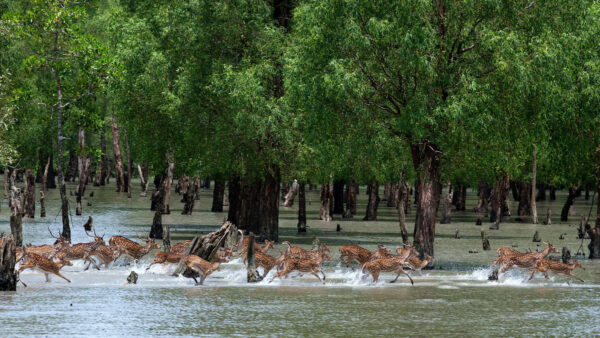
The Sundarbans is India’s largest forest, sprawling across an impressive 10,277 km². This UNESCO World Heritage Site is located at the confluence of the Ganges, Brahmaputra, and Meghna rivers, flowing into the Bay of Bengal. The Sundarbans is renowned not only for its vast biodiversity but also for its role in protecting the coastal areas from cyclones and tsunamis, thus safeguarding millions of people living along the coast. This forest is famous for being the habitat of the Royal Bengal Tiger, which has adapted uniquely to the tidal channels and mudflats of the region.
2. Nilgiri Biosphere Reserve – 5,520 km²
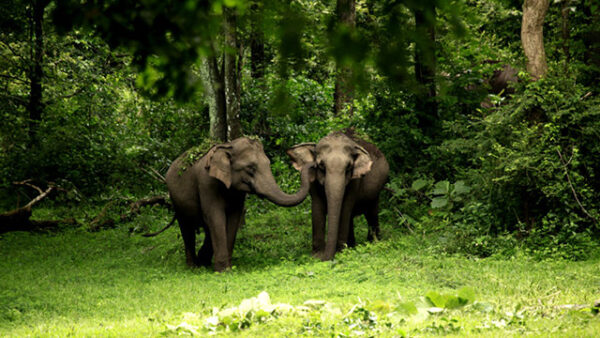
Covering 5,520 km² in the Western Ghats, the Nilgiri Biosphere Reserve spans across Tamil Nadu, Karnataka, and Kerala. The reserve’s name, “Nilgiri,” means “blue mountains,” derived from the purplish-blue flowers of the Strobilanthes Kunthiana plant that bloom once every twelve years. The reserve includes several national parks and sanctuaries, such as Mudumalai, Bandipur, Nagarhole, and Mukurthi, which are home to a variety of wildlife including tigers, Asian elephants, and the Nilgiri tahr.
3. Namdapha National Park – 1,985.23 km²
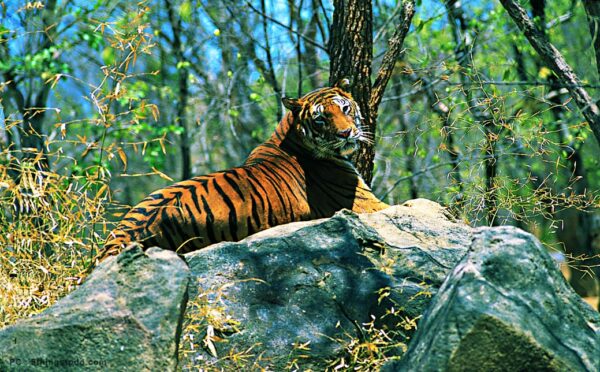
Namdapha National Park, located in Arunachal Pradesh, covers 1,985.23 km² and is one of the most biodiverse regions in the Eastern Himalayas. The park’s altitude ranges from 200 meters to over 4,500 meters, encompassing habitats from tropical rainforests to temperate and alpine forests. Namdapha is unique for its diverse wildlife, including four species of big cats: the tiger, leopard, snow leopard, and clouded leopard. It is also home to rare species like the red panda and the Namdapha flying squirrel.
4. Gir National Park – 1,410.30 km²

Situated in Gujarat, Gir National Park spans 1,410.30 km² and is the sole home of the Asiatic lion. Thanks to extensive conservation efforts, the Asiatic lion population, which was once on the brink of extinction, has now risen to around 650 individuals. Gir’s landscape, featuring dry deciduous forests mixed with scrub and grasslands, provides an ideal habitat for not only lions but also leopards, hyenas, and chital. The park’s teak forests and rich avian diversity make it a prime destination for bird enthusiasts.
5. Jim Corbett National Park – 1,318 km²

Jim Corbett National Park, located in Uttarakhand, covers 1,318 km² and is India’s oldest national park, established in 1936. Initially created to protect Bengal tigers, Jim Corbett played a crucial role in initiating Project Tiger in 1973. The park’s varied landscape includes hilly terrain, riverine belts, large marshy depressions, and grasslands, supporting a diverse range of vegetation and ecosystems.
6. Kanha National Park (Kanha Tiger Reserve) – 940 km²
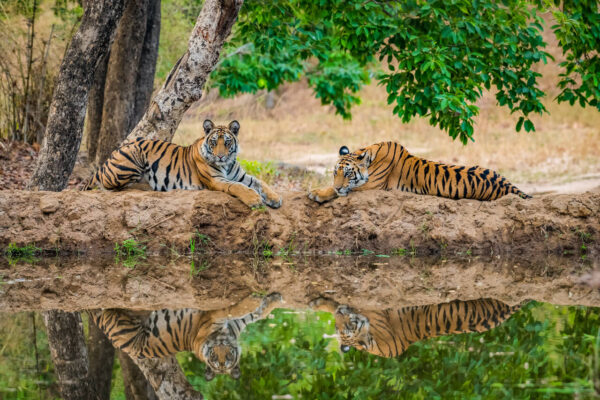
Kanha National Park, located in Madhya Pradesh, covers 940 km² and is a critical area for the conservation of Bengal tigers. Established in 1955 and designated as a Tiger Reserve in 1973, Kanha features dense sal forests, lush bamboo groves, and expansive grasslands. The park is home to the endangered barasingha, which has seen a revival due to conservation efforts. Kanha is also a haven for bird watchers, with species like the crested serpent eagle and Indian roller frequently spotted.
7. Bandipur National Park – 868.63 km²
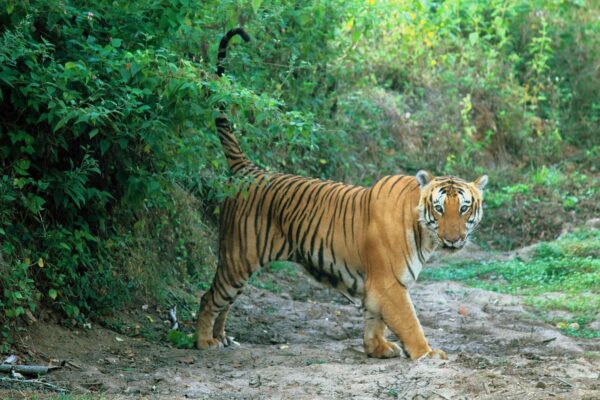
Nestled in Karnataka within the Nilgiri Biosphere Reserve, Bandipur National Park covers 868.63 km². Positioned at the intersection of the Western Ghats and the Deccan Plateau, Bandipur features a mix of dry and moist deciduous forests. The park was one of the first sites chosen for the protection of Bengal tigers under Project Tiger. It is also home to other significant species such as the Indian elephant, gaur, and dhole, and is an important sanctuary for over 200 bird species, including the endangered Indian vulture.
8. Saranda Forest – 820 km²

Saranda Forest, located in Jharkhand, is Asia’s largest sal forest, covering 820 km². This forest is noted for its high biodiversity and plays a crucial role in the livelihoods of local communities. Saranda is also rich in iron ore deposits, which has led to ongoing conflicts between conservation efforts and mining interests. The forest supports populations of elephants, leopards, and numerous bird species, highlighting the need for a balanced approach to conserving this valuable natural resource.
9. Mawphlang Sacred Grove – 302 km²

The Mawphlang Sacred Grove in Meghalaya spans about 302 km² and is a unique example of traditional conservation practiced by the Khasi tribes. The Khasi people regard this grove as sacred, which has helped preserve its pristine state. The grove is rich in medicinal plants and rare plant species, safeguarded through the cultural practices of the Khasi community.
10. Pichavaram Forest – 110 km²

Located near the coast of Tamil Nadu, the Pichavaram Forest covers approximately 110 km² and is one of India’s most significant mangrove ecosystems. The forest’s intricate network of islands and water channels supports a diverse range of fish, birds, and marine life. Additionally, Pichavaram serves as a natural defense against cyclones and tsunamis, demonstrating the protective role of mangroves in preventing coastal erosion.
Conclusion
The biggest forests in India offer a glimpse into the country’s rich natural heritage and biodiversity. From the expansive Sundarbans to the unique Mawphlang Sacred Grove, these forests are not only vital for wildlife conservation but also play crucial roles in ecological balance and community livelihoods. Exploring these forests reveals the depth of India’s natural beauty and the importance of preserving these incredible ecosystems for future generations.


